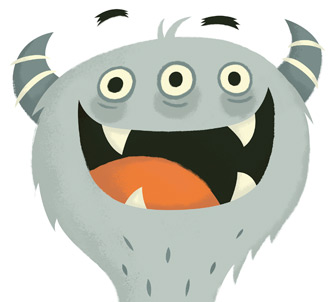Creature Counting etc.
To enhance student learning, graduate students in Lehigh's College of Education designed video games that were used as part of classroom instruction in history, math, science and technology.
Ph.D.-candidate Julie Oltman, who aimed to help second-graders learn about colonial Moravian history, designed a mobile digital Augmented Reality (AR) game, which is played in a specific location in this case, the historic district of Bethlehem, Pa.
The students took on roles of young members of a colonial Moravian society, moving through tasks that involved work, prayer and life-stage decisions that brought them into "contact" with 18th century people and places. Location-based activities were triggered by latitude and longitude coordinates. Students had to apply geospatial knowledge to complete "quests" that uncovered clues about colonial Moravian society.
"Watching them have 'conversations' with virtual historical characters in the actual places those characters lived and worked almost 300 years ago was awesome," says Oltman, who described seeing second-graders running with iPad minis to get to the game's next GPS point.
Megan Stotz '15 Ph.D designed "Creature Counting" to boost learning of a mathematical skill known as subitizing, or the ability to recognize a number pattern without counting. (Adults show the skill when they know what they rolled on a die without counting the dots.) At the pre-school level, mastery of the skill is considered foundational for future mathematics learning.
In the game, students were shown a friendly monster without eyes. Through the use of an AR app on an iPad, a subitizing arrangement appeared on the monster in the form of eyes. Students were asked to subitize how many eyes the monster had. Preliminary data showed the game may help children to recognize number patterns with which they previously struggled.
In her dissertation pilot, Farah Vallera created an AR mobile learning game for middle-schoolers in the Allentown (Pa.) School District that challenged them to complete a "farmhand training program" using an iPad during a trip to an agricultural education center. It tied together STEM fields by having students collaborate as agricultural scientist, biotechnologist, engineer or mathematician to prepare for a virtual farmers' market.
"Students visited eight stations earning virtual badges," Vallera says, "while they answered agriculture, math and science questions built into the challenge, participated in hands-on science and engineering tasks, used their iPads to 'catch' a loose goat that escaped the fence, and gained valuable information from their real-life tour guides."
Story by Elizabeth Shimer Bowers
Posted on:


